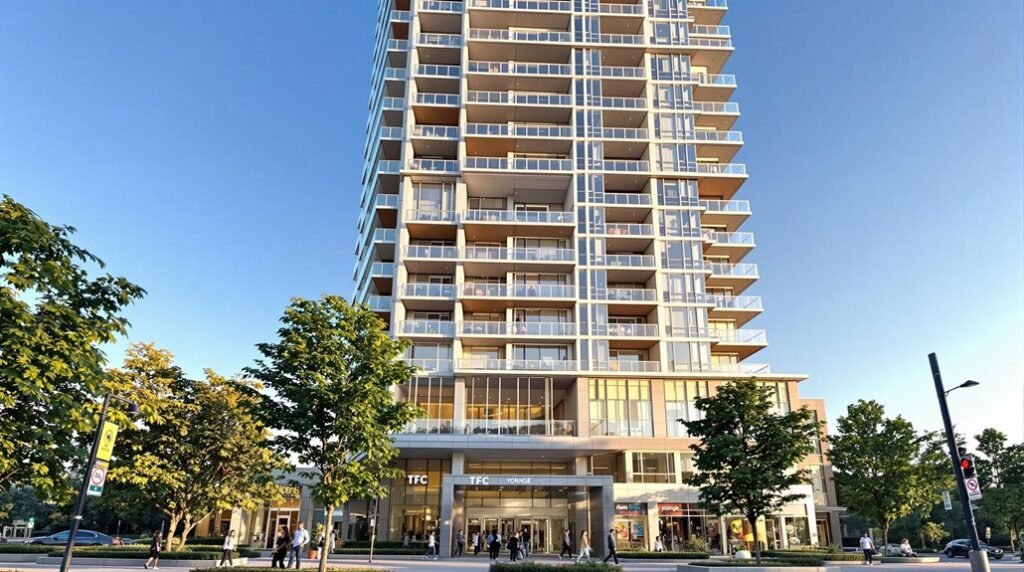To negotiate the best purchase price, start by researching the market thoroughly. Set a realistic budget and build rapport with sellers to create a positive atmosphere. Identify property flaws during inspections to justify a lower offer. Make strategic offers backed by solid market data, typically 5-10% below asking price. Be prepared for counteroffers and maintain flexibility. Know your bottom line and be willing to walk away if necessary. Use leverage points like time constraints or multiple offers to your advantage. Remember, effective negotiation is a skill that combines preparation, strategy, and communication. With practice, you’ll become a savvy dealmaker in no time.
Research the Market Thoroughly
Knowledge is power when it comes to negotiating the best purchase price for a home. To arm yourself with the right information, you’ll need to dive deep into market research. Start by analyzing recent sale prices in your target area. This will give you a solid understanding of what similar homes are fetching in the current market.
Don’t stop there! Go the extra mile and calculate the average price per square foot. This nugget of information will help you compare properties more accurately, even when they differ in size. Remember, you’re not just buying a house; you’re investing in a neighborhood. So, take time to understand demographics and how they might affect property values.
Now, let’s analyze competition. How long has the house been on the market? A property that’s been listed for a while might have a more flexible seller. On the flip side, a fresh listing in a hot market might require a more aggressive approach. You’ll want to evaluate the neighborhood’s housing market dynamics too. Are homes flying off the market, or are they sitting for months? This intel will help you craft your negotiation strategy.
Don’t forget to put on your detective hat and investigate the seller’s motivation. Are they in a hurry to move? Or are they holding out for top dollar? Understanding their position can give you a significant advantage at the negotiation table.
Lastly, make technology your best friend. Local real estate websites are treasure troves of market insights. Use these resources to gather data-driven negotiation tactics. With thorough research under your belt, you’ll be well-equipped to negotiate like a pro!
Set a Realistic Budget
With your market research complete, it’s time to crunch the numbers and set a realistic budget for your home purchase. Financial planning is important to make sure you’re not biting off more than you can chew in the property market. Start by taking a hard look at your income, expenses, and savings. This affordability assessment will help you determine the maximum price you can comfortably afford.
Don’t forget to factor in additional costs beyond the purchase price. You’ll need to account for the down payment, closing fees, property taxes, and home insurance. These extras can add up quickly, so it’s vital to include them in your calculations. To make things easier, use online affordability calculators. They’re like magic crystal balls for your wallet, giving you a clearer picture of your budget range.
But wait, there’s more! Consider potential future expenses too. Homes need TLC, so set aside some cash for maintenance and renovations. And who knows? Your dream home might appreciate in value, which could affect your property taxes down the line.
Still feeling overwhelmed? Don’t sweat it! Consult with a financial advisor or mortgage broker. These experts can help you navigate the complex world of home financing and give you a realistic idea of your purchasing power. Remember, setting a realistic budget isn’t about cramping your style – it’s about making sure you can comfortably afford your new home without living on ramen noodles for the next 30 years!
Build Rapport With Sellers
Building a warm connection with sellers can be your secret weapon in securing a better deal on your dream home. When you’re negotiating the purchase price, effective communication strategies are key to building trust and creating a positive atmosphere. By establishing rapport with sellers, you’ll set the stage for smoother negotiations and potentially better outcomes.
To start building rapport, show genuine interest in the property and engage in friendly conversation. Ask about the seller’s experiences living there, and share your enthusiasm for the home’s unique features. This approach demonstrates that you value the property beyond just its price tag. Look for common ground with the seller – maybe you both have kids, enjoy gardening, or share a love for the neighborhood. Highlighting these similarities can create an instant connection.
Remember, building trust is a two-way street. Be open and honest about your intentions, and demonstrate your flexibility in the negotiation process. Show that you’re willing to work together to find a solution that benefits both parties. This cooperative attitude can go a long way in fostering goodwill.
As you communicate with the seller, maintain a respectful and open dialogue. Listen actively to their concerns and preferences, and respond thoughtfully. By showing that you value their input, you’ll create a positive atmosphere for negotiations. And who knows? Your newfound rapport might just lead to a better purchase price and a smoother transaction overall. So, put on your friendliest face and get ready to connect – your dream home (and a great deal) could be just a conversation away!
Identify Property Flaws
Uncovering a property’s hidden flaws can be your ace in the hole when negotiating a lower purchase price. A thorough home inspection is your first step in identifying both structural and cosmetic issues that might affect the property’s value. As you walk through the house, keep your eyes peeled for any signs of wear, damage, or outdated features. Remember, your goal is to build a case for a better deal.
Here are three key steps to help you identify property flaws:
- Document everything: Take detailed notes and photos of all issues you find.
- Estimate repair costs: Research how much it’ll cost to fix each problem.
- Prioritize repairs: Rank issues from most to least critical.
When you evaluate aesthetics, don’t just focus on what looks pretty. Consider how much work it’ll take to bring the property up to your standards. That outdated kitchen might be charming, but it could also be a costly renovation project. As you prioritize repairs, think about which issues are deal-breakers and which are merely inconveniences.
Once you’ve gathered all this information, it’s time to use it to your advantage. Highlight specific flaws to the seller, explaining how they impact the property’s value. Be prepared to justify your lower offer with concrete examples and estimated repair costs. Remember, you’re not trying to insult the seller’s home – you’re simply being a savvy buyer. By presenting your findings professionally and respectfully, you’ll be in a strong position to negotiate a better purchase price.
Make Strategic Offers
Once you’ve identified the property’s flaws, it’s time to craft a strategic offer that sets you up for successful negotiations. Offer tactics are pivotal in this phase, and your first move should be bold yet reasonable. Consider starting with an offer that’s 5-10% below the asking price. This gives you room to negotiate while still showing you’re serious about the purchase.
When presenting your offer, back it up with solid market research and comparable sales data. This approach demonstrates that you’ve done your homework and aren’t just throwing out a low number. Remember to factor in any necessary repairs or upgrades you’ve noticed during your property inspection. These can be powerful bargaining chips in your negotiation strategies.
Be prepared for some back-and-forth with the seller. Counteroffers are a normal part of the process, so don’t get discouraged if your first offer isn’t accepted outright. Keep your ultimate goal in mind as you navigate through these bargaining techniques. Sometimes, flexibility can be your best friend in negotiations.
Consider using concessions or flexible terms to make your offer more appealing. For example, you might offer a quicker closing date or agree to buy some of the seller’s furniture. These tactics can sweeten the deal without necessarily increasing your purchase price.
Know When to Walk Away
Successful negotiation hinges on your ability to recognize when it’s time to walk away from a deal. Knowing your limits and being prepared to step back can be your strongest asset in securing the best purchase price. It’s vital to establish a bottom line price based on your budget and market research, and stick to it. If the seller’s expectations don’t align with your deal breakers, it’s time to ponder your options.
Here are three key reasons why walking away can be a smart move:
- It shows the seller you’re serious about your terms
- It gives you time to reassess your strategy and explore other opportunities
- It can sometimes prompt the seller to reconsider their position
Timing is everything in negotiations. If you’ve reached a standstill and the seller isn’t budging, don’t be afraid to walk away. This doesn’t mean you’re giving up; it’s a strategic move that can work in your favor. Sometimes, stepping back can create buyer incentives, as the seller may realize they’re losing a potential sale.
Conclusion
Armed with these negotiation skills, you’re ready to navigate the real estate market like a modern-day Odysseus. Remember, patience is key – don’t rush into a deal that doesn’t feel right. Trust your instincts, stay firm on your budget, and don’t be afraid to walk away if needed. With practice, you’ll become a master negotiator, securing the best purchase price for your dream home. Now go forth and conquer the property market!
Ready to put these negotiation tactics into action? Our experienced North York real estate agents have a proven track record of securing the best deals for our clients. Whether you’re a first-time buyer or a seasoned investor, we’ll leverage our local market knowledge and negotiation skills to help you find and purchase your dream home at the right price.

















